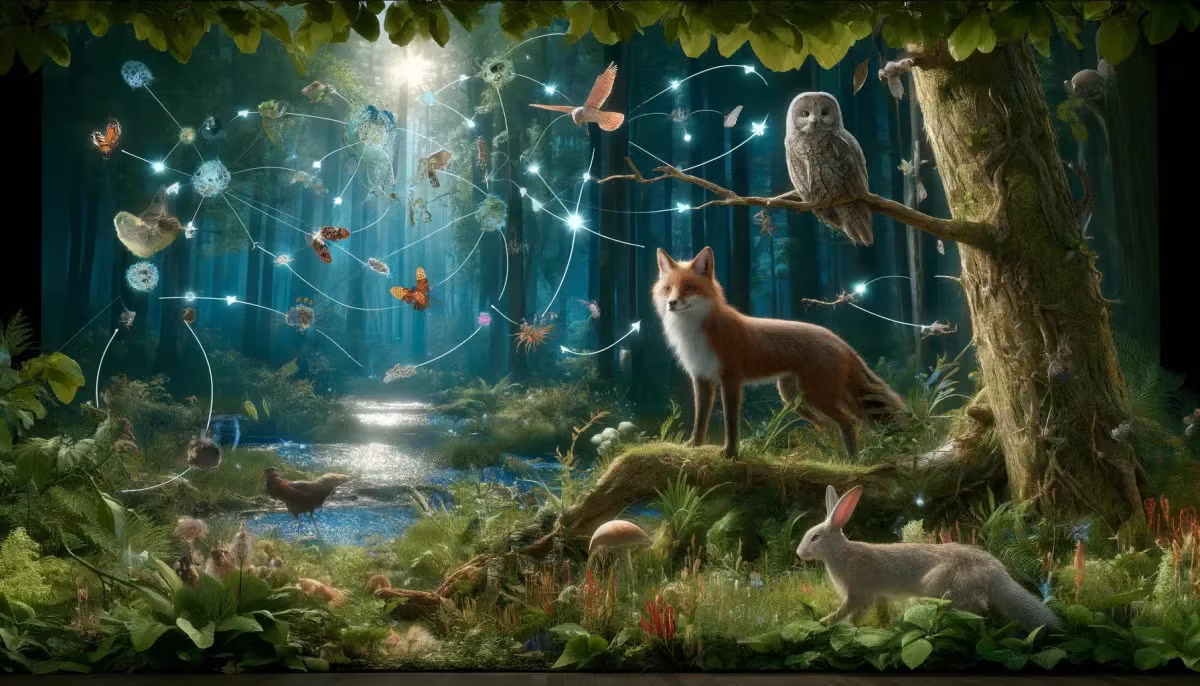
Grades:
1st Grade
This lesson focuses on animal habitats, as well as nonstandard unit measuring and data tables! The students will research an animal of their choice and identify what it needs in its habitat, as well

Grades:
1st Grade
Students will be exploring natural resources and 10's and 1's through this hands-on engineering project! The students will create a shelter for an animal out of natural resources they have collected
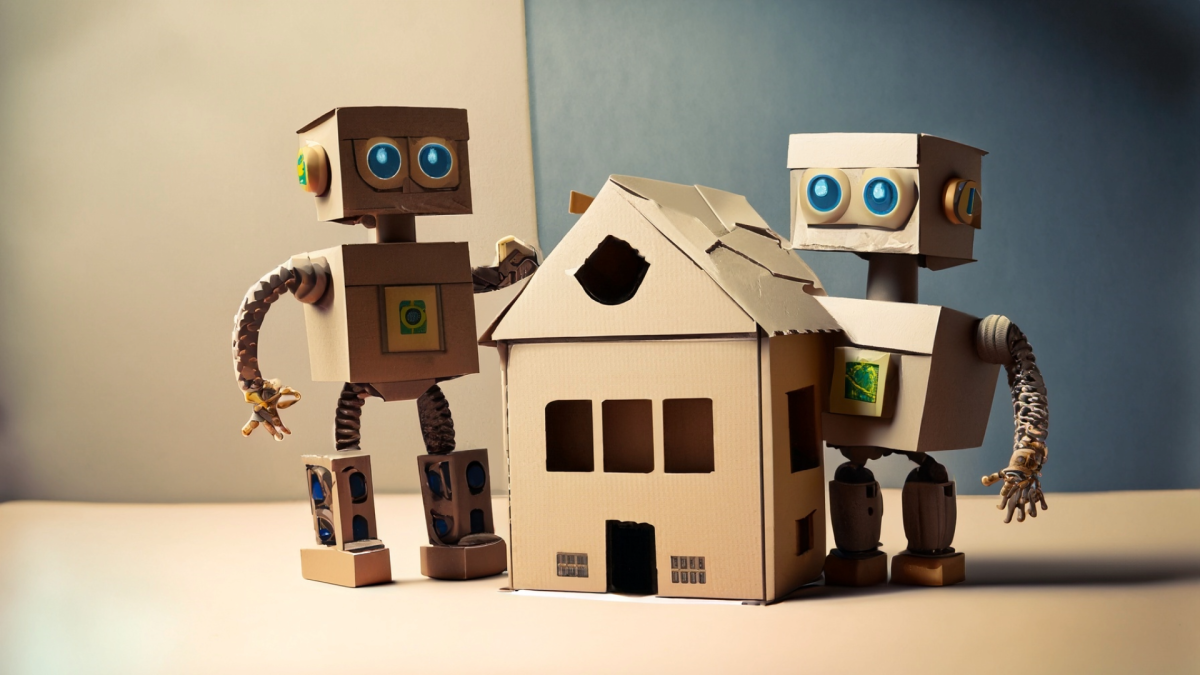
Grades:
3rd Grade, 4th Grade
In this unit, students will identify what a shelter is and why we need it. Students will identify the different types of shelters and materials needed depending on climate and their surroundings

Grades:
4th Grade
Students will learn about melanoma and non cancerous moles and how to spot them through symmetry. They will use Pixlr tools to understand the identification process and then they will create their own

Featured
Best Class Plant
Grades:
1st Grade, 2nd Grade, 3rd Grade
This lesson is centered around the book, The World's Best Class Plant. It is intended for 1st-3rd grade. Ideally, teachers would use this lesson at the beginning of the year so they can have their

Grades:
3rd Grade
Students will dissect a flower, then create a stop-motion animation film so that they learn both about creating stop motion animation and that plants have internal and external structures that serve

Grades:
Kindergarten, 1st Grade, 2nd Grade
In this lesson, K-2 students will plant seeds and use technology to track the growth of their plants. Through hands-on activities and observation, students will learn about the basic needs of plants

Grades:
7th Grade, 8th Grade
This lesson has students examining isochron maps of the Earth's seafloor and looking for patterns to support evidence of continental drift. A prerequisite include a previous lesson of continental
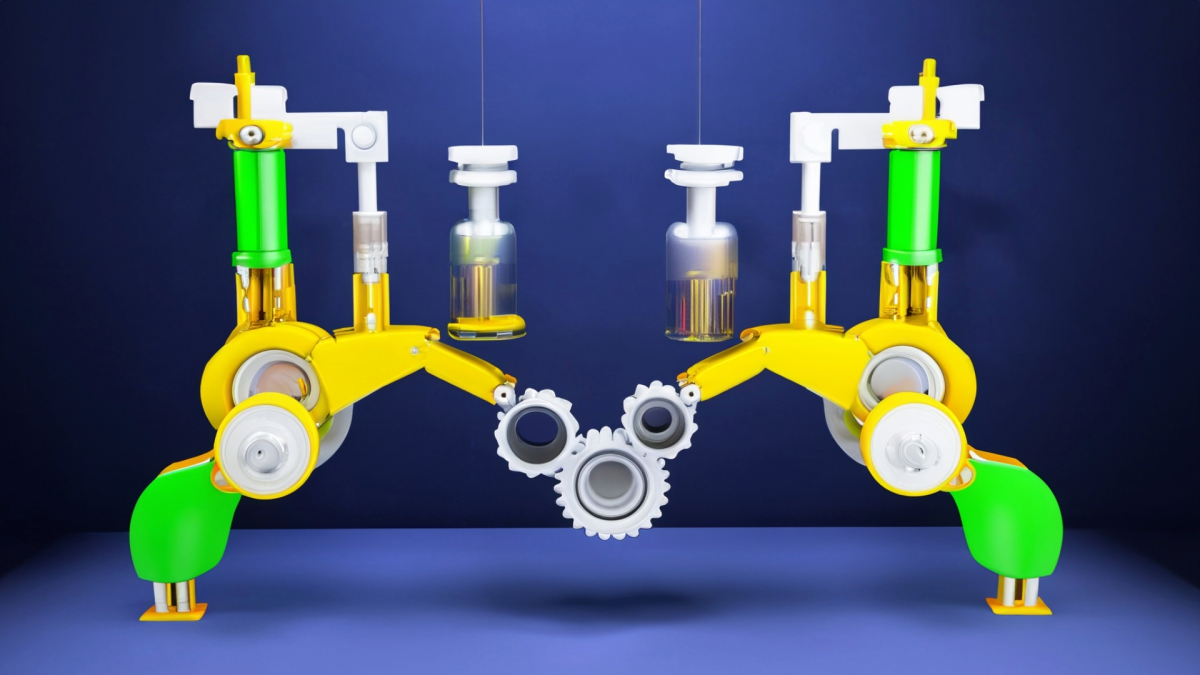
Grades:
6th Grade
Students are to design and build a truss-style bridge out of balsa wood before testing its strength.
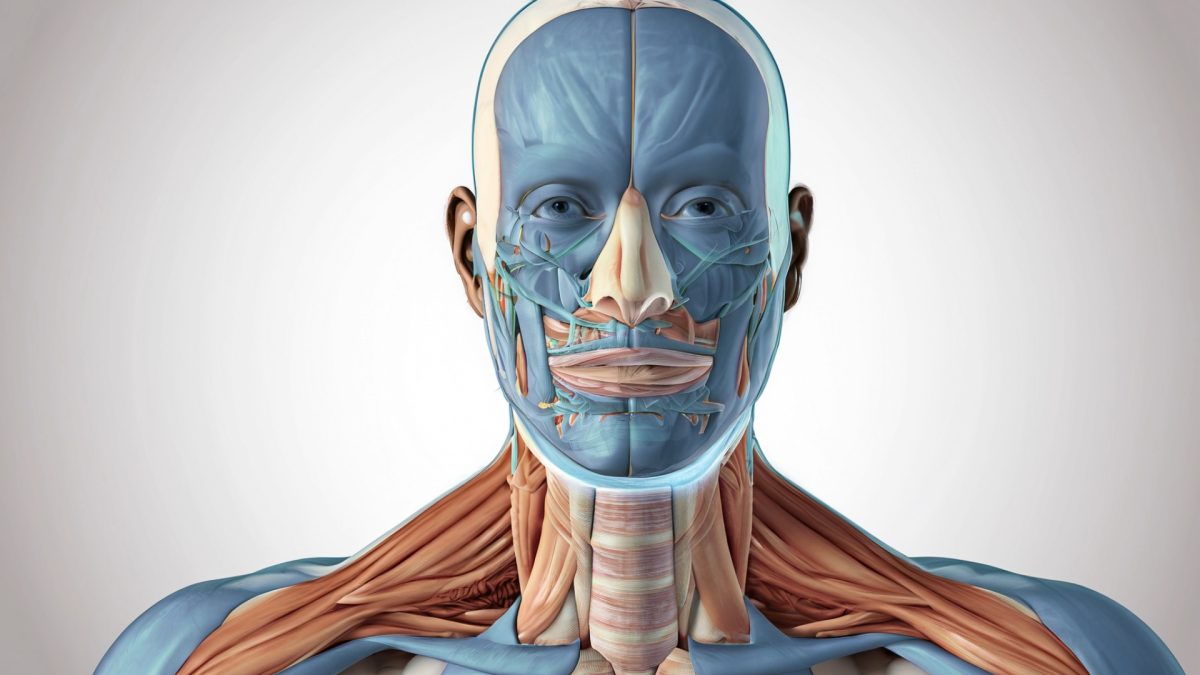
Grades:
7th Grade
The purpose of this project is to provide students with a hands-on learning experience that combines the study of human body systems with engineering principles. By investigating the interaction

Grades:
5th Grade
Students will be able to identify the planets in our solar system, describe the difference between rotation and revolution, and engineer a three dimensional model of our solar system.

Grades:
3rd Grade
In this lesson, students will learn about the basic principles of light reflection and how periscopes work. They will then apply this knowledge by designing and constructing their own simple
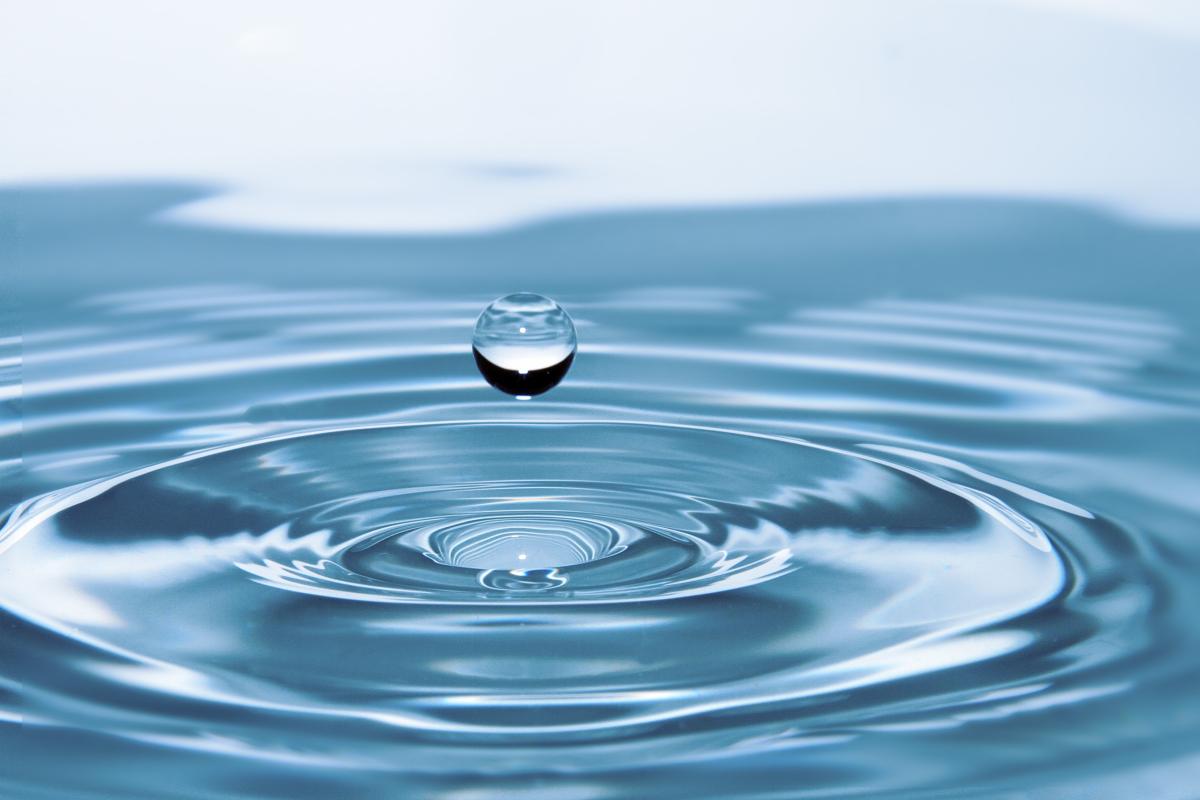
Grades:
11th Grade, 12th Grade
This lesson will show you how to test a protein with a spectrophotometer and teach the students about serial dilutions

Grades:
10th Grade, 11th Grade, 12th Grade
This lesson plan is on how to make agar plates to grow media on. This teaches the students how to measure out the agar and water and mix properly and plate the agar properly.

Grades:
5th Grade
In this lesson, students will understand how Katherine Johnson’s courage and actions impacted flight to space and changed the world, including racial segregation. Through a hands-on learning

Grades:
3rd Grade, 4th Grade, 5th Grade, 6th Grade, 7th Grade, 8th Grade, 9th Grade
An overall view of mining, minerals, and their role in our everyday life. This lesson compares the past, present and future of mining and it's relativity to sustaining our way of life.
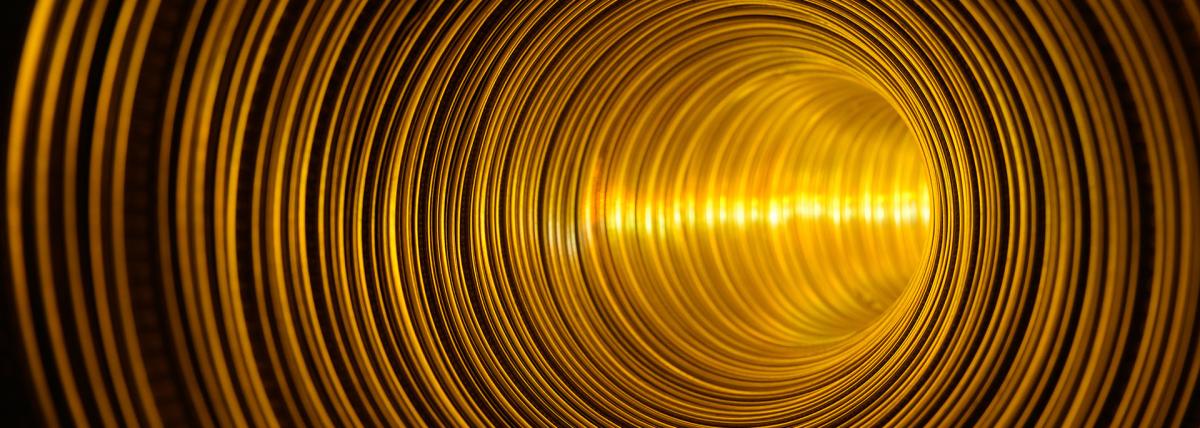
Grades:
5th Grade, 6th Grade
This is a lesson plan made to target the fifith grade standard on how noncontact forces impact one another. It can be adapted to grades 5-12. Students will explore magnetism and polarization, research

Grades:
3rd Grade
The lesson objective is to develop an enduring understanding of desert plants (especially cacti), conduct photosynthesis, and how their structures function to help them survive in the desert. An

Grades:
2nd Grade
This 2nd grade lesson incorporate the book, We are Water Protectors by Carole Lindstrom, and Ozobots. Students will discuss the beginning and ending of the story and discuss how characters respond to
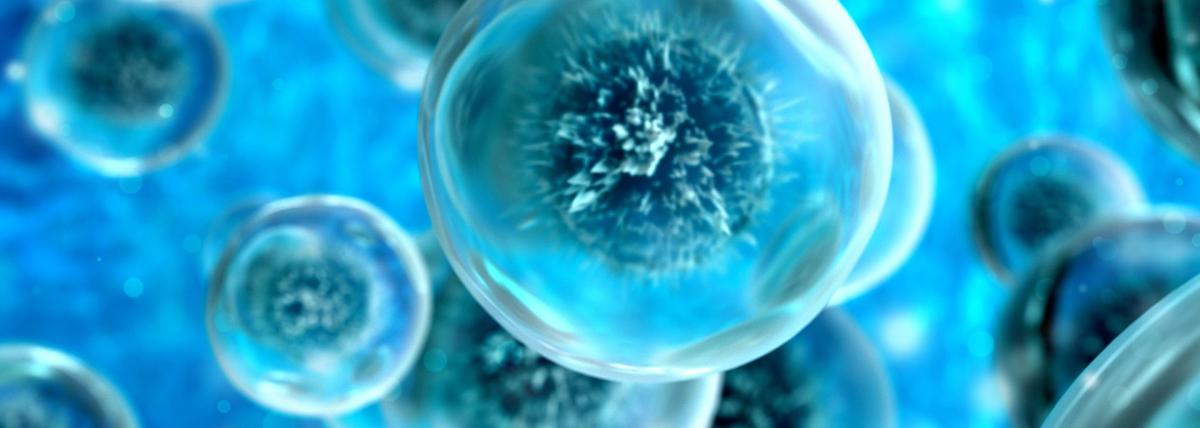
Grades:
4th Grade, 5th Grade
This lesson on nanotechnology for 4th and 5th graders introduces students to the concept of scale by exploring the incredibly small measurements used in nanotechnology. Through engaging activities

Grades:
5th Grade
In this lesson, students will explore scientific principles through the literature, Hidden Figures, about four black women who defied the limitations of segregation to become NASA's historic

Grades:
9th Grade
This is a cash cow lab experiment, students are going to apply their experiment at the lab. it's a biotech labs that uses the fact that molecules of different sizes move at different speeds

Halt, Who Goes [in/out] There? Structure and Function of the Cell Membrane in Different Environments
Grades:
7th Grade
The purpose of this lesson is to engage 7th-grade students in a hands-on investigation of how salt concentrations affect plant cells. By exploring the process of osmosis, students will gain a deeper

Grades:
Kindergarten, 1st Grade, 2nd Grade, 3rd Grade, 4th Grade, 5th Grade, 6th Grade, 7th Grade, 8th Grade
Most students are likely familiar with popular films like Happy Feet, Surf’s Up, Penguins of Madagascar, and classic books like Mr. Popper's Penguins. Capitalizing on this familiarity with penguins


